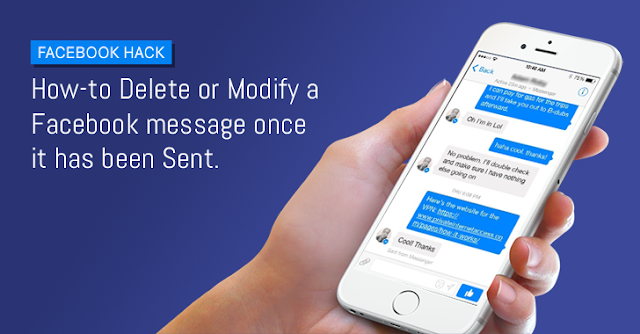Whenever there is an Ad shoot for any new cars, they do not actually use the model car, instead they use a robotic car and patch up with the computer graphic for looks.
This is what techspot team talks about this:
Car commercials do an excellent job of making vehicles look almost too good to be true. As it turns out, they probably are… at least, if the Blackbird is involved.
The Blackbird is a visual effects stand-in for vehicles featured in commercials and movies. As Gizmag notes, its wheelbase, width, suspension travel and even engine response can be dialed in to match nearly any production vehicle while its onboard 360-degree cameras are used to create perfect reflections when the actual car body is overlaid in post-production.
Why go through all that trouble? Why not film the actual car being marketed in the commercial?
Auto commercials are often shot before the vehicle has even been manufactured. As such, some small visual details might not have been decided on yet so with CGI, you can add those in with ease. What’s more, auto makers typically keep the details of their new cars a closely guarded secret. Filming with something like the Blackbird gives the auto paparazzi nothing but a set of wheels to go on.
Another reason to use CGI has to do with location. It’s not easy to transport a brand new, unreleased vehicle to a remote location for filming. But with something like the Blackbird that’s not held back by production constraints, it’s far easier.
Above all else, CGI and a rig like the Blackbird ensures you’re going to get cleaner results. A car commercial is all about making said vehicle look desirable and CGI certainly eliminates any imperfections that might crop up with a traditional shoot.
So there you have it, yet another aspect of modern marketing unmasked.
Source: http://www.techspot.com/news/65337-how-car-commercials-filmed-without-actual-car.html














